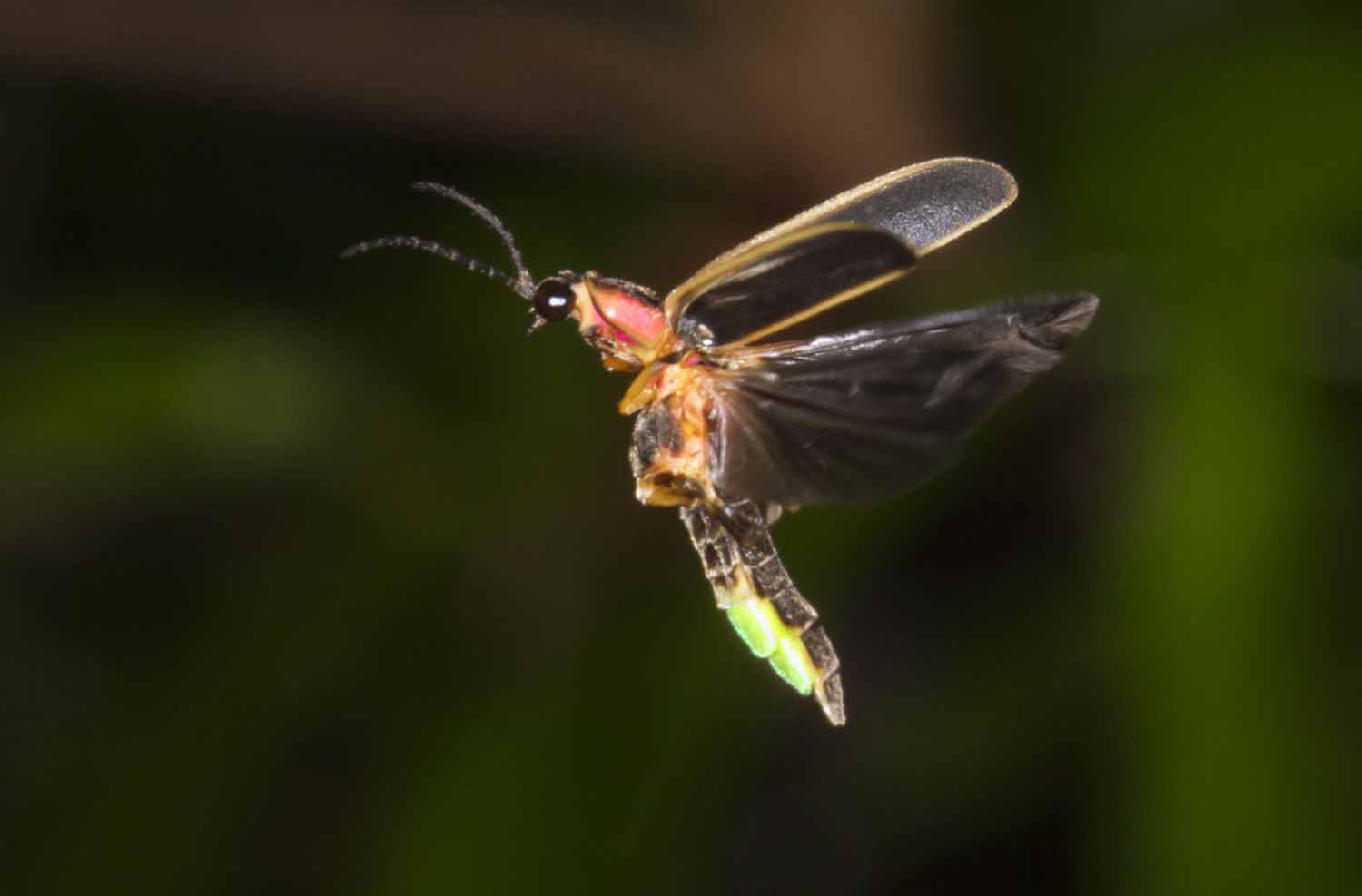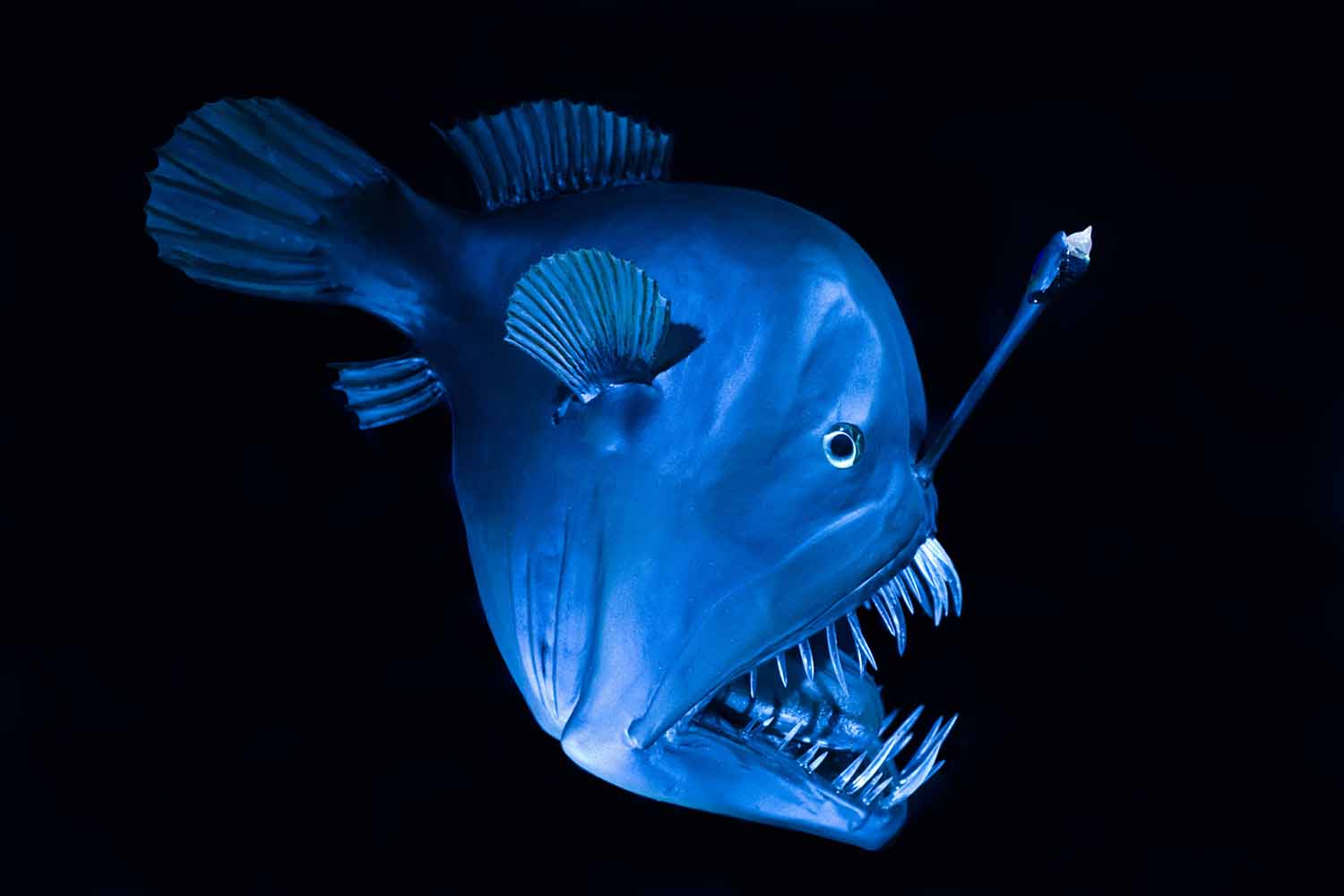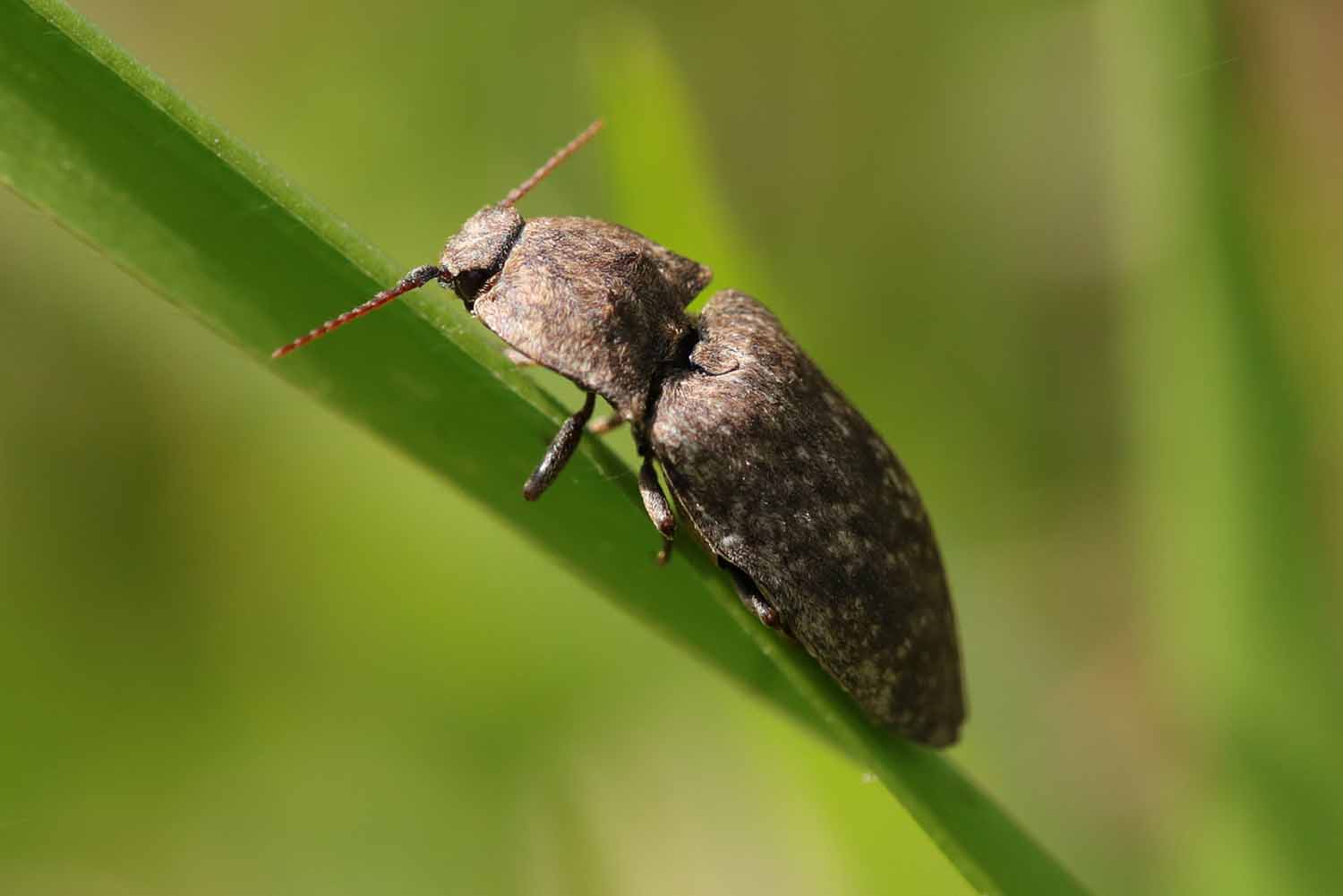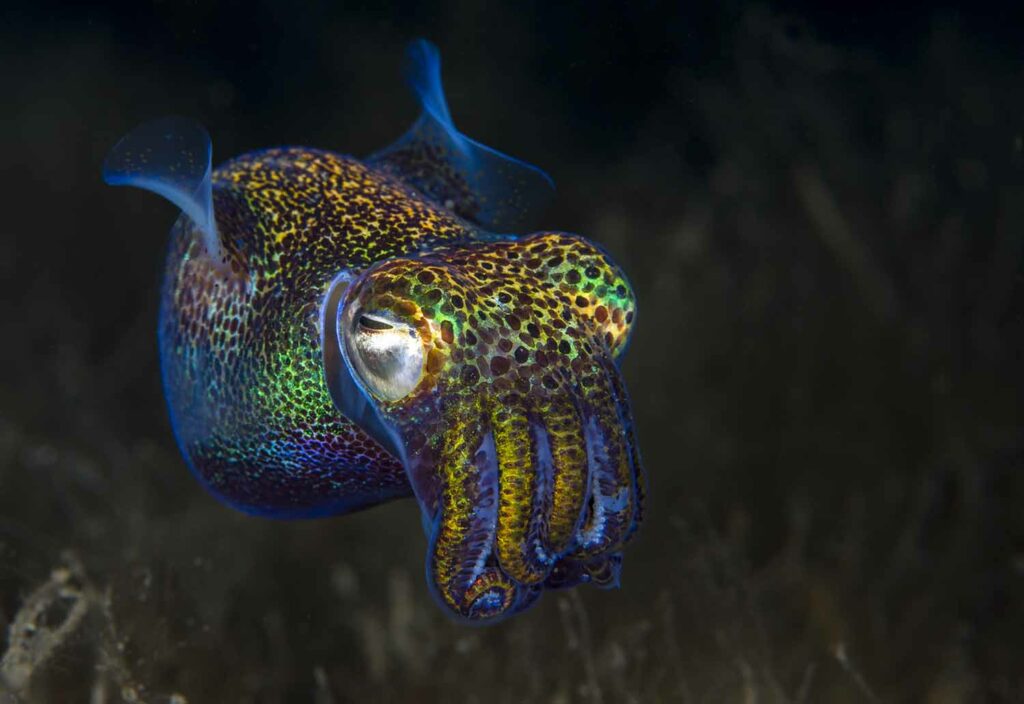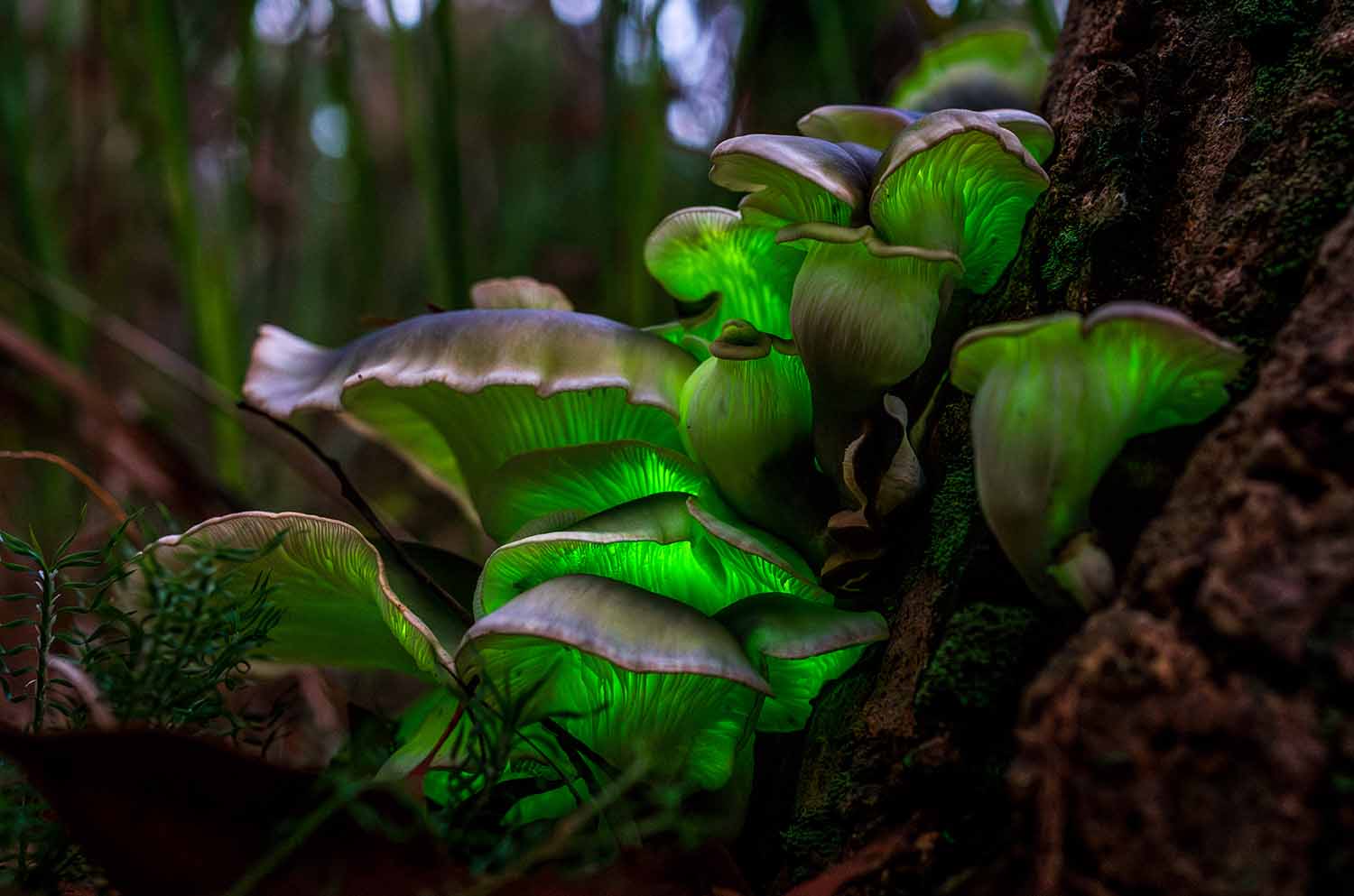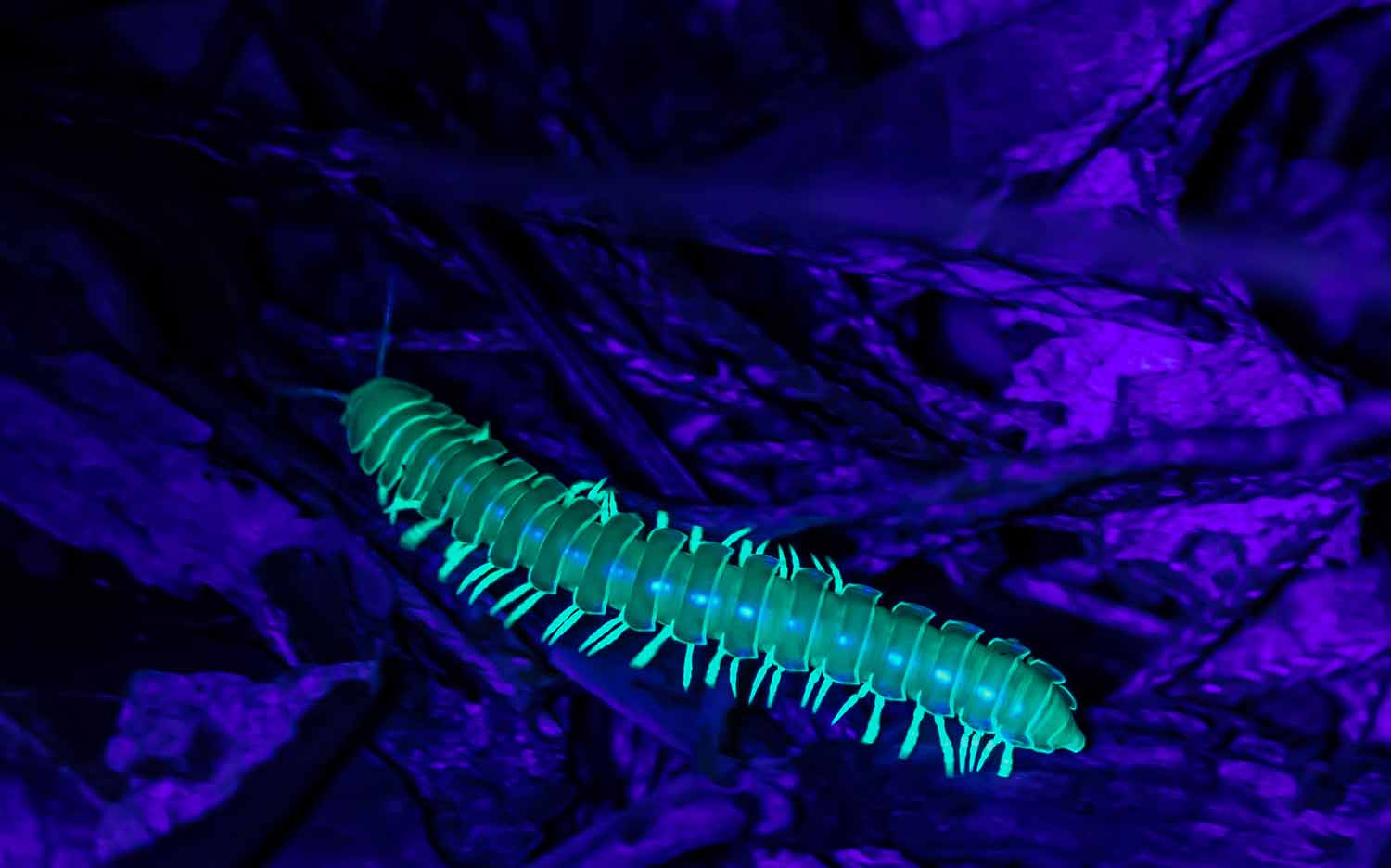Lighting Up the Night Sky
People in the eastern United States are seeing more fireflies this summer. But overall, the firefly population is dropping.
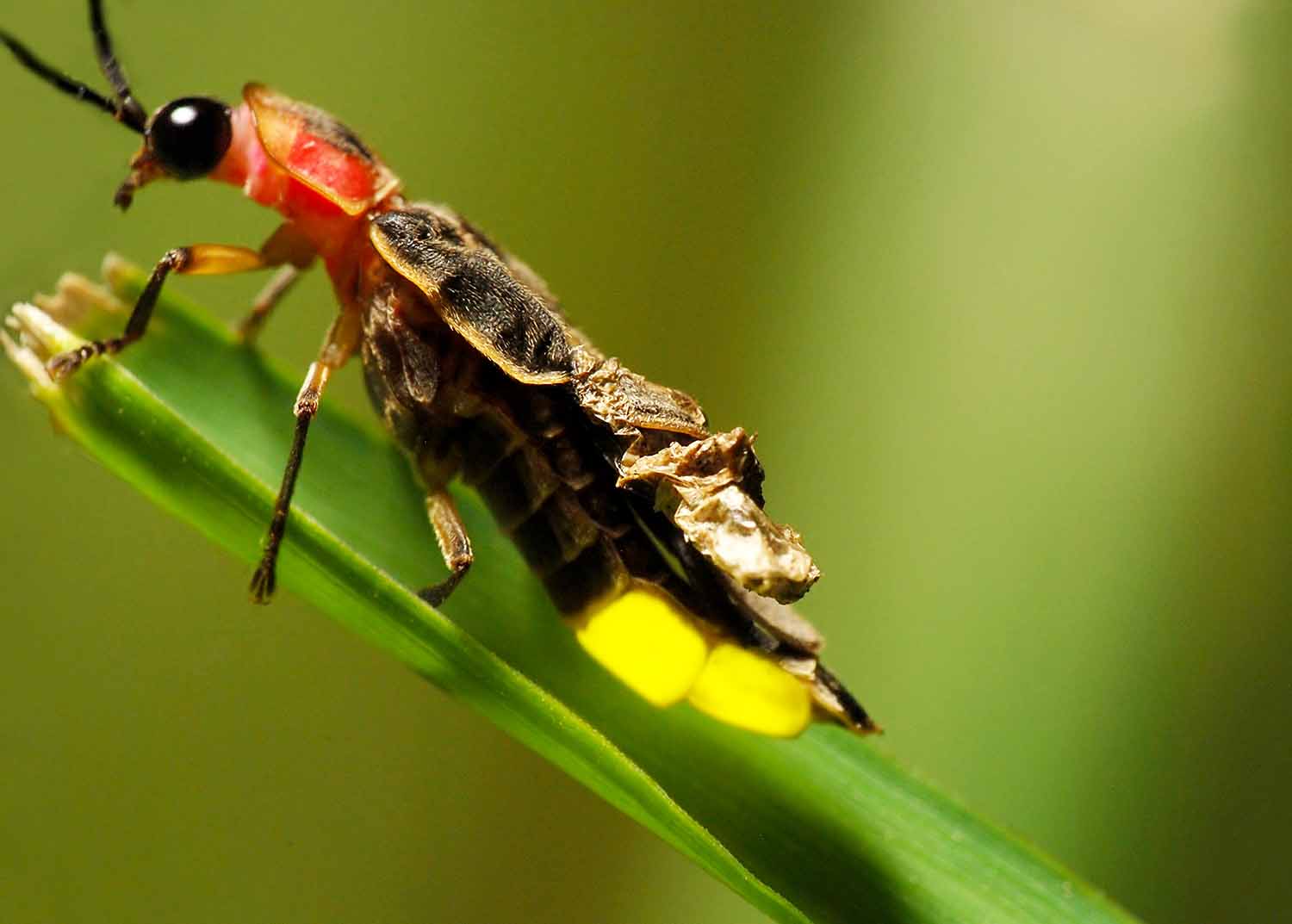
© James Jordan Photography—Moment/Getty Images
Male fireflies are able to light up their bodies, making summer evenings glow.
What does summer mean to you? For many people in the eastern United States, the season brings the magical glow of fireflies, or lightning bugs. That’s been especially true in the summer of 2025. It seems like fireflies are everywhere! But while more fireflies are lighting up the night sky this year, experts say the insects’ numbers are dropping overall.
Even if you don’t live in the eastern United States, chances are good that fireflies live in your area. There are more than 2,000 firefly species, and some species exist on every continent except Antarctica. Some firefly species are easier to see than others. Those in the eastern United States can be seen on warm evenings, when the males take to the sky and light up to attract mates.
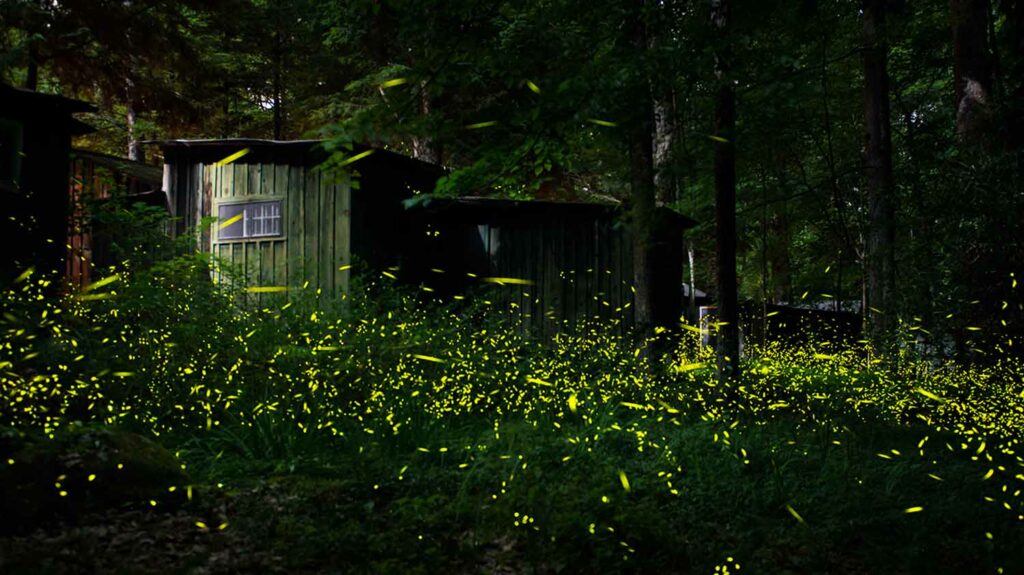
© Haoxiang Yang—500px/Getty Images
Some fireflies are synchronous. They light up at the same time, creating an amazing light show.
Experts say there are more eastern U.S. fireflies than usual this year because the region has had rainier springs and warmer summers during the past couple of years. Young fireflies, called larvae, live underground or in piles of leaves and do especially well when the ground is warm and soggy.
That doesn’t mean fireflies are doing well overall. The insects have suffered due to habitat loss and the use of pesticides. Light pollution—bright light from buildings, such as in cities—can also be harmful to fireflies because it makes it harder to see them. If fireflies cannot see each other glowing, they can’t find mates. Experts say these factors have caused there to be fewer fireflies in many places.
But you can help! Here are a few ways you can support the health of firefly populations.
- Turn off outdoor lights when they are not needed. Close the curtains to keep indoor light from glowing outside.
- Plant native vegetation (plants that naturally grow in your area).
- Keep fallen leaves in your yard. Don’t throw them away.
- Use fewer outdoor chemicals, such as pesticides.
- Leave fireflies alone. Enjoy their glow, but don’t capture them.

